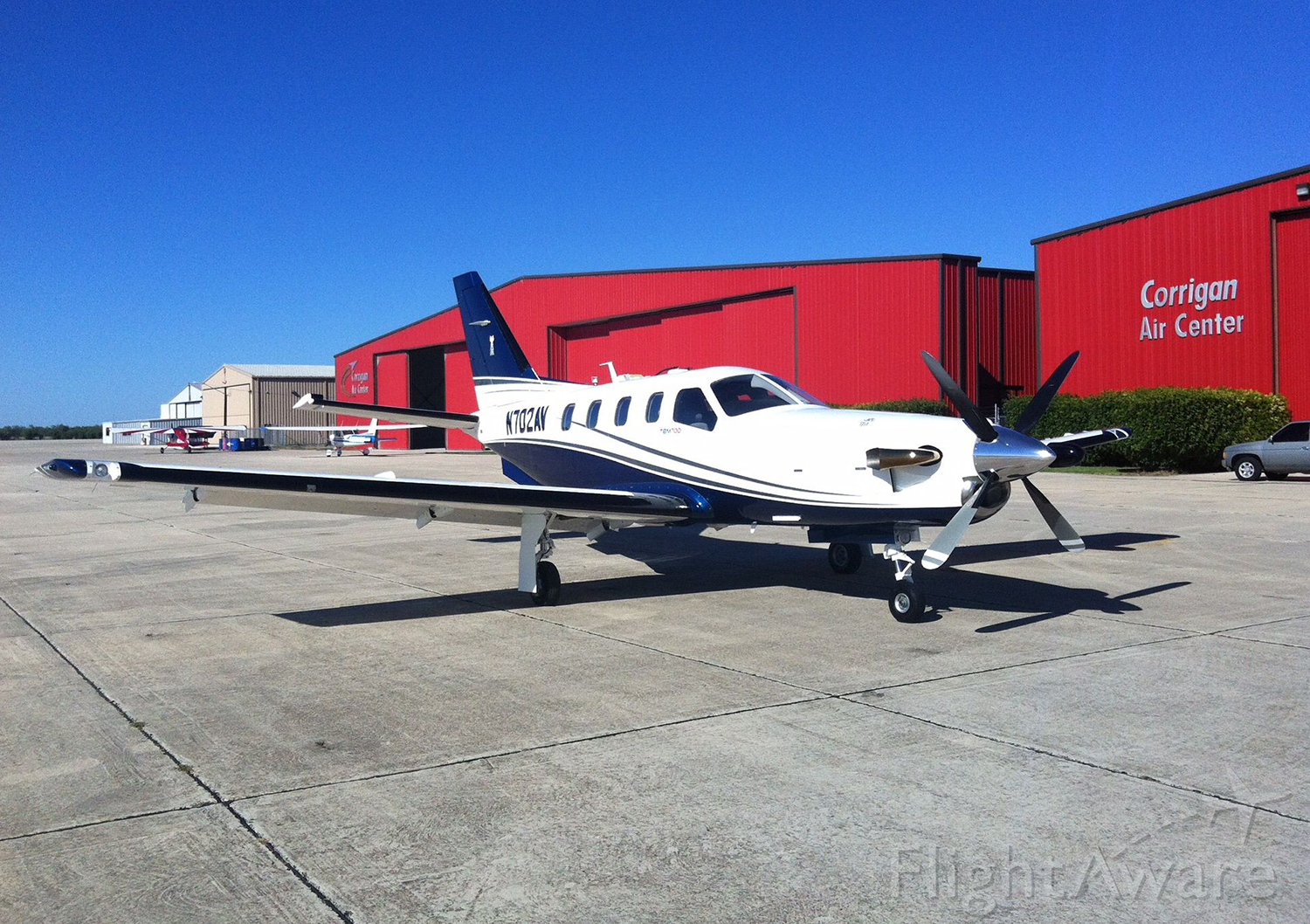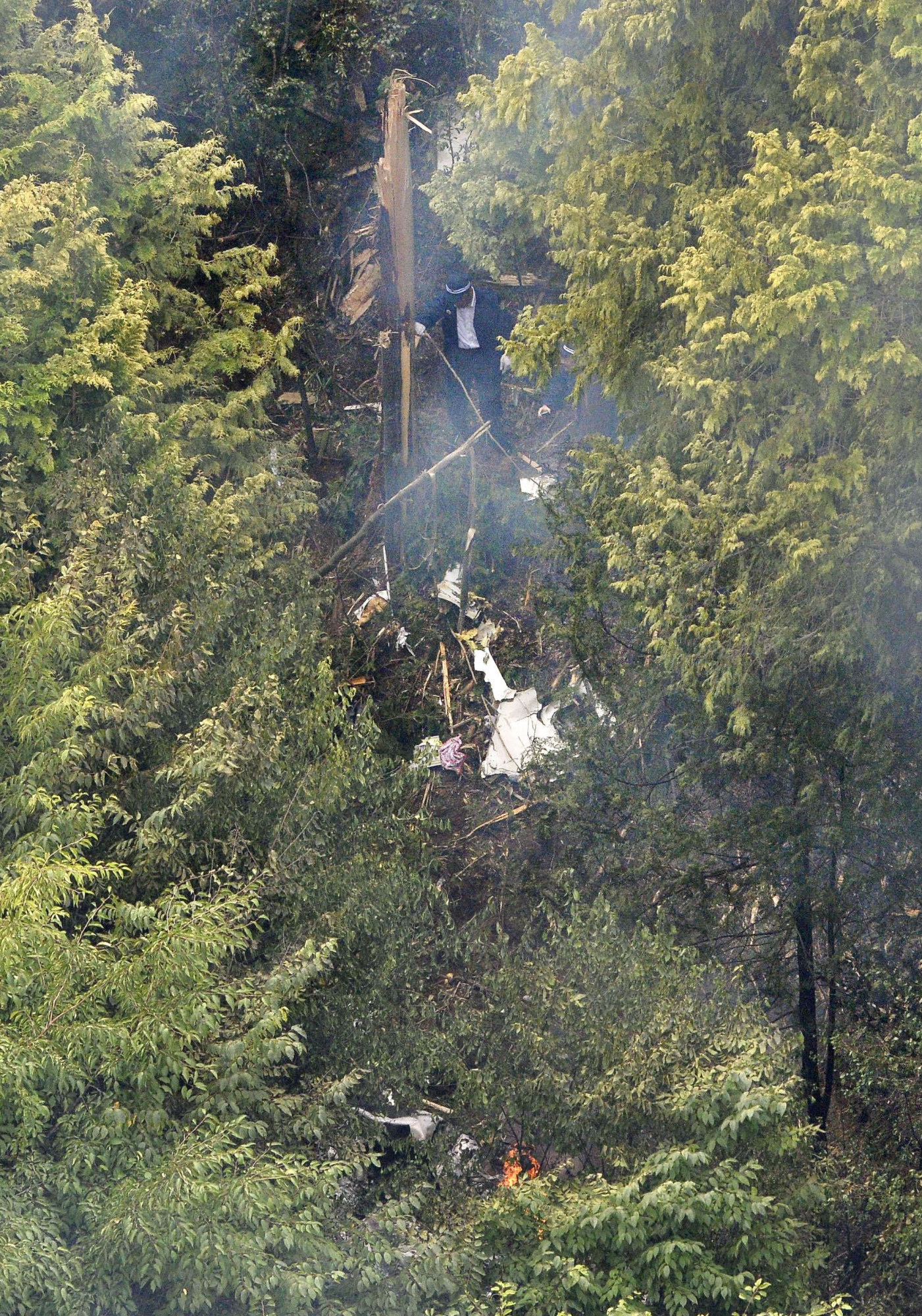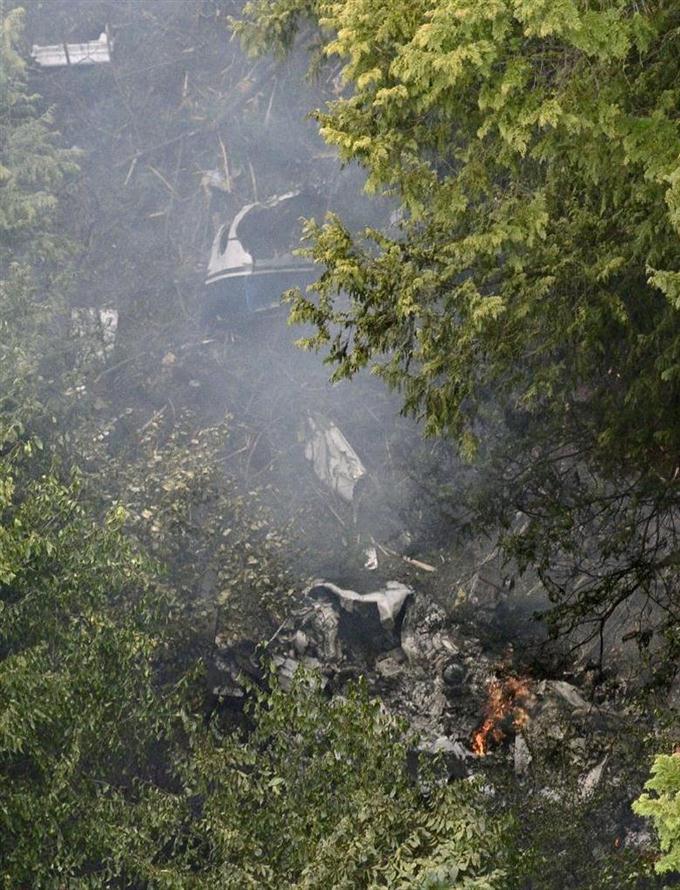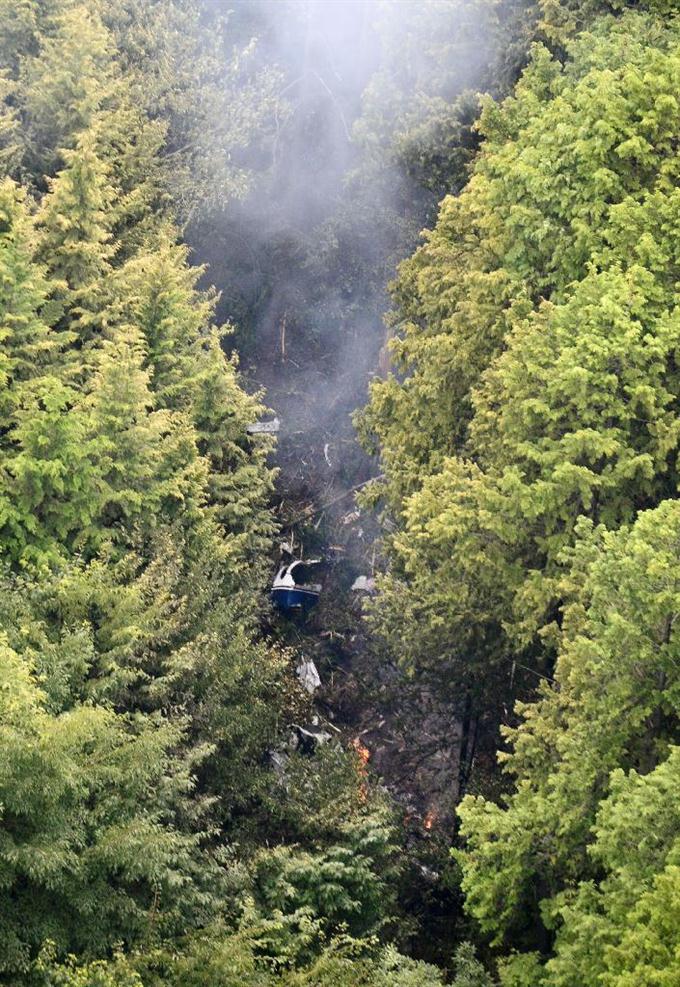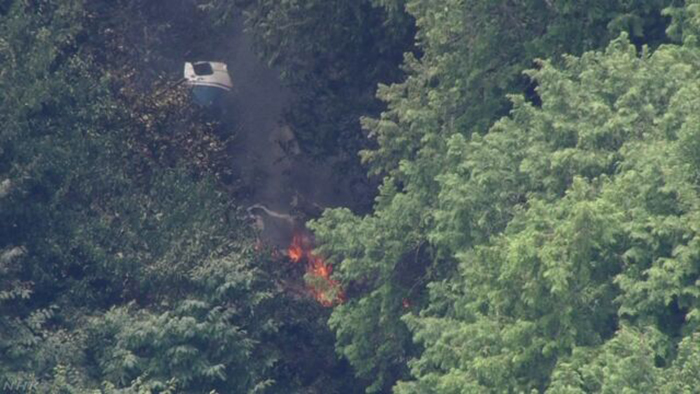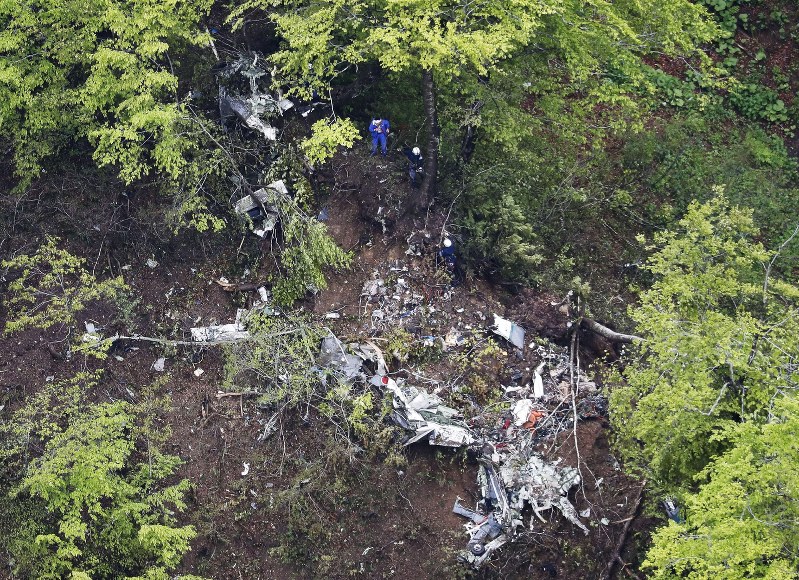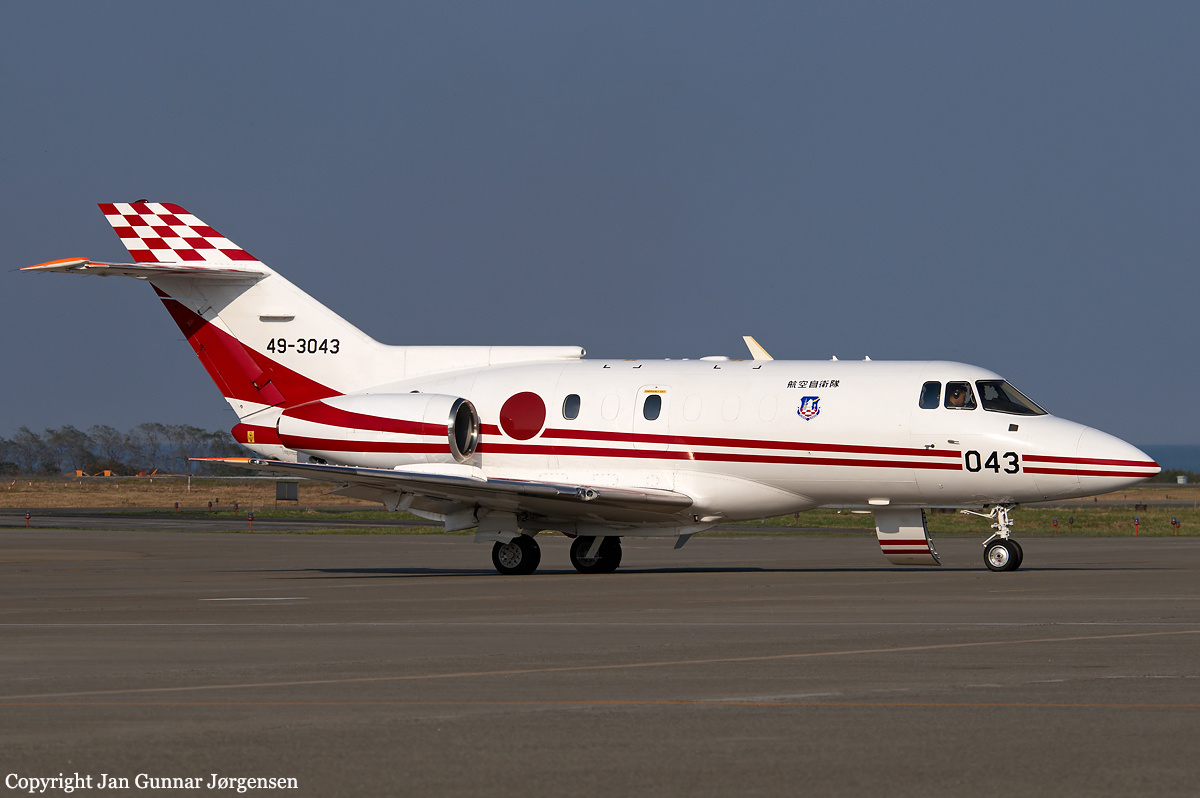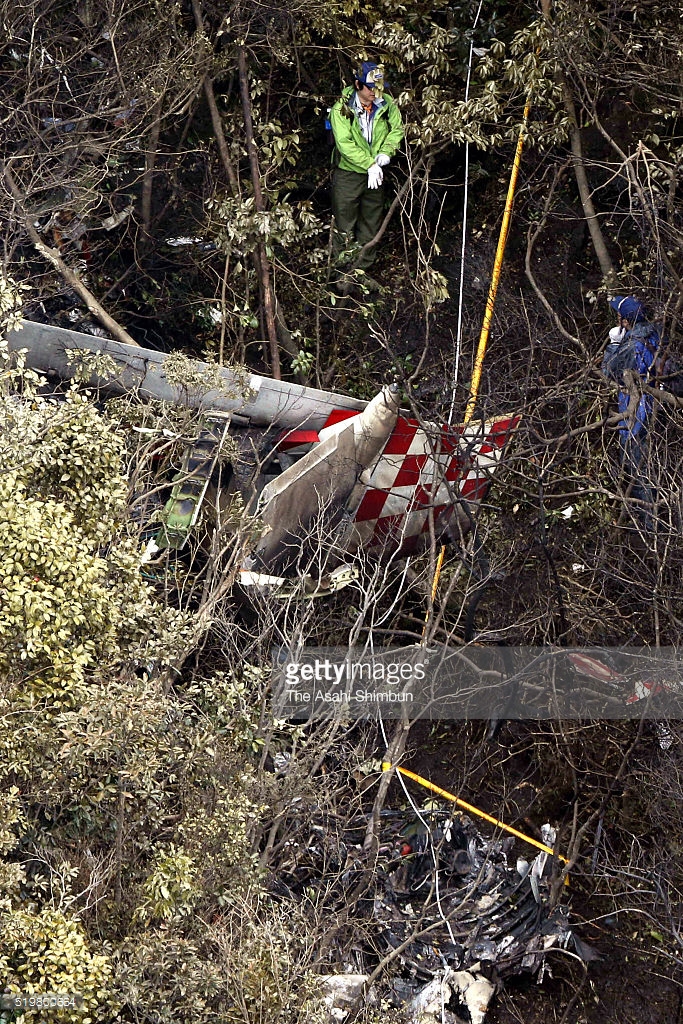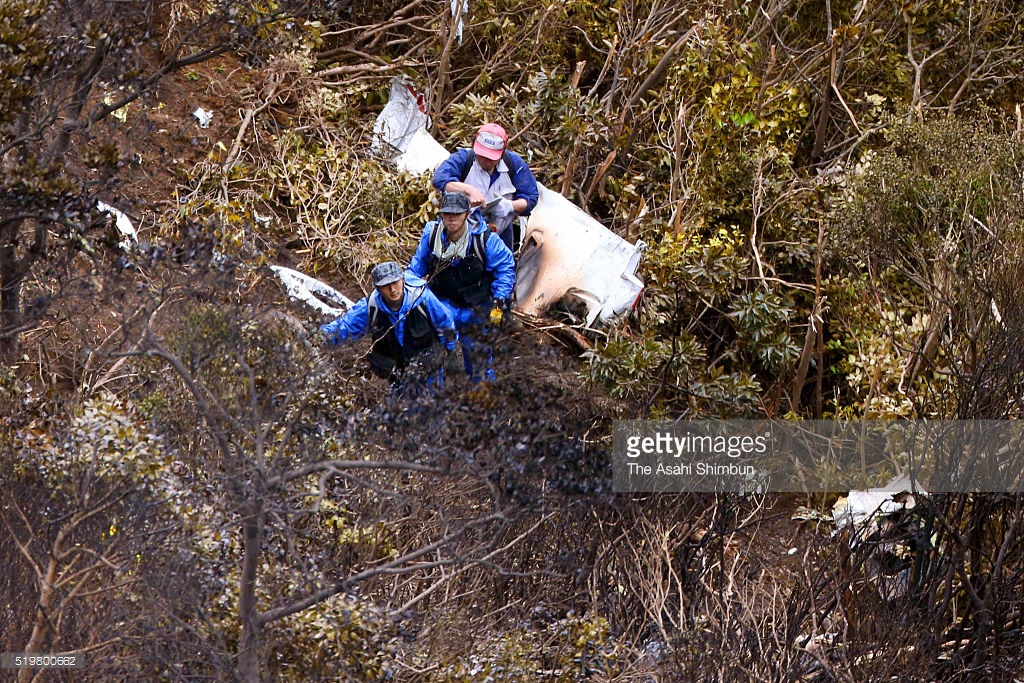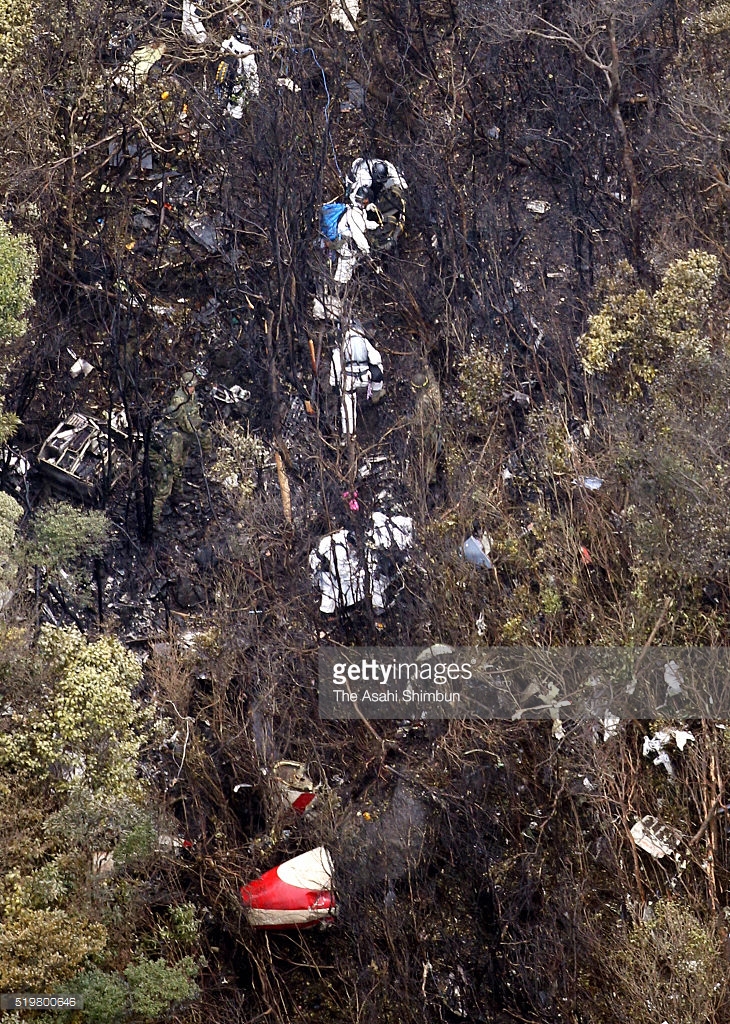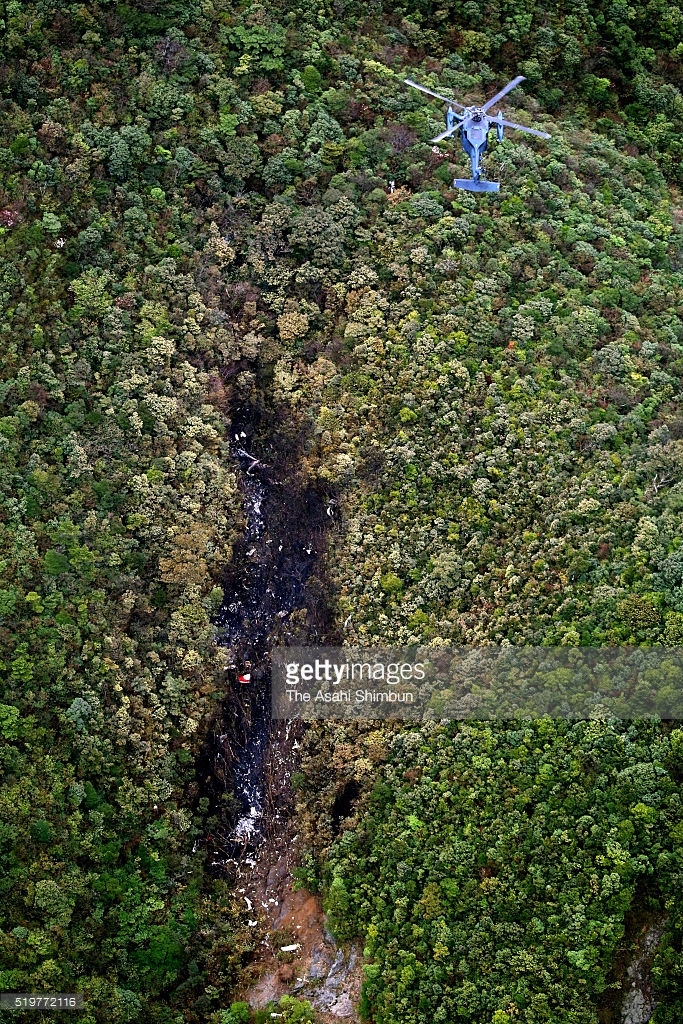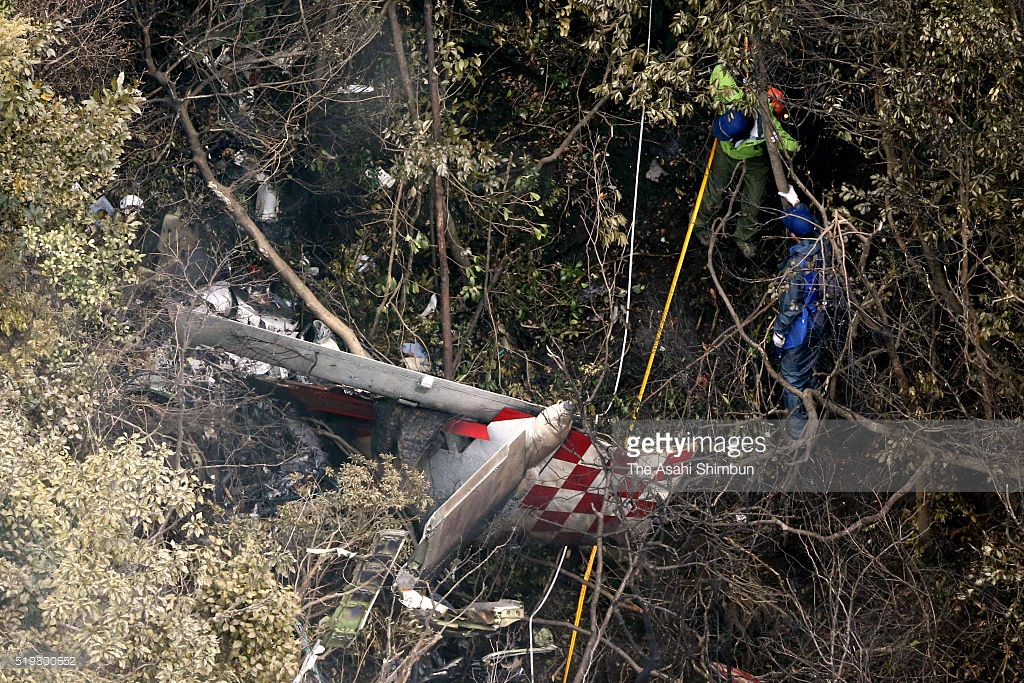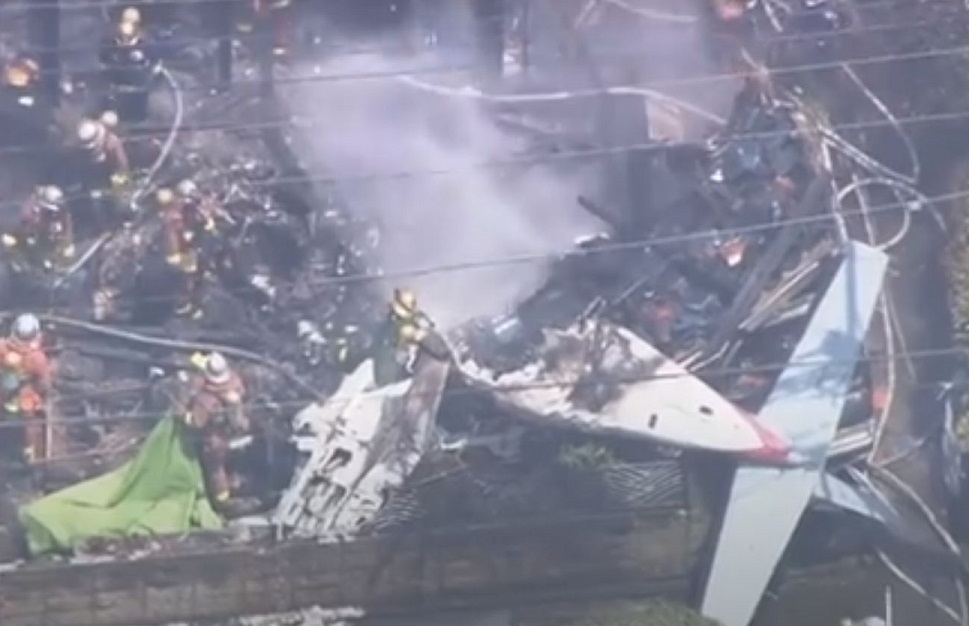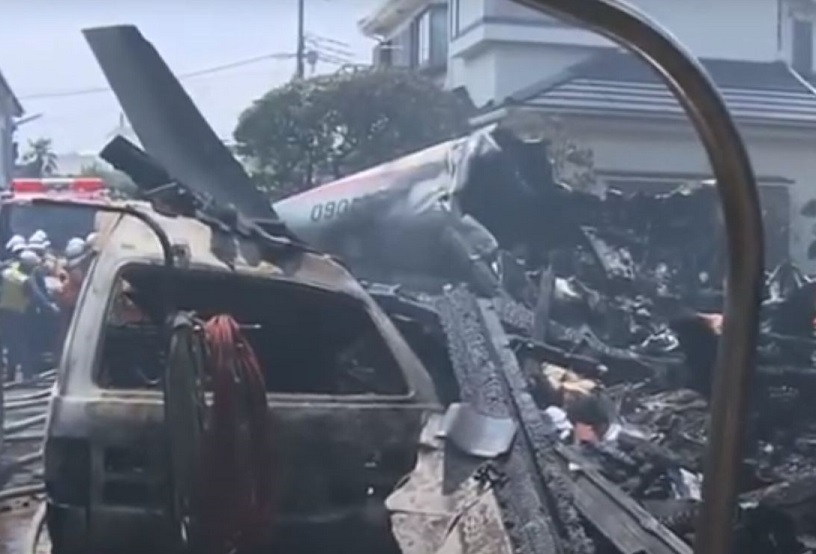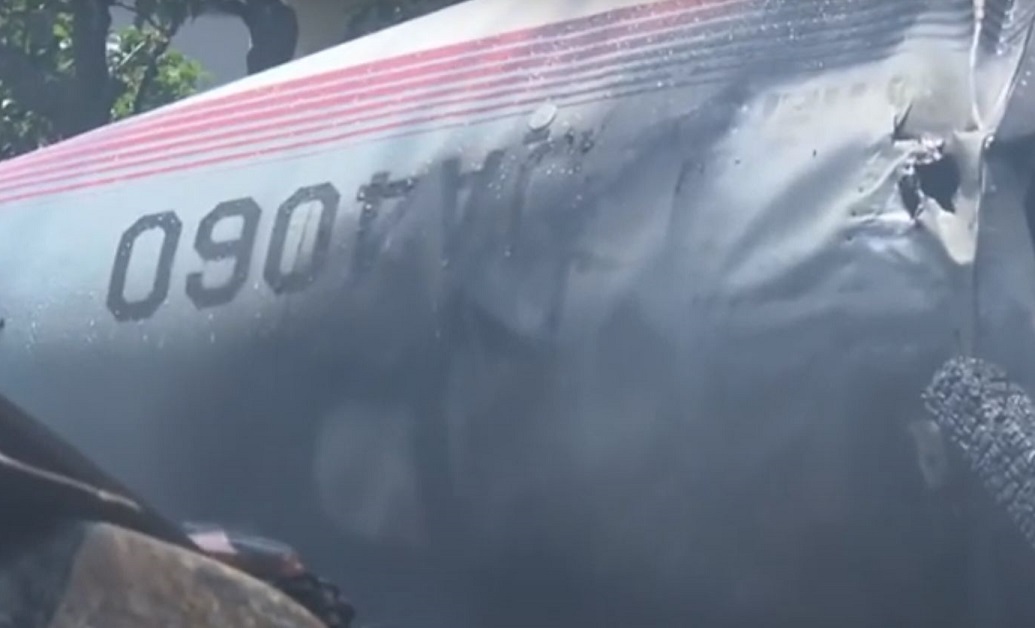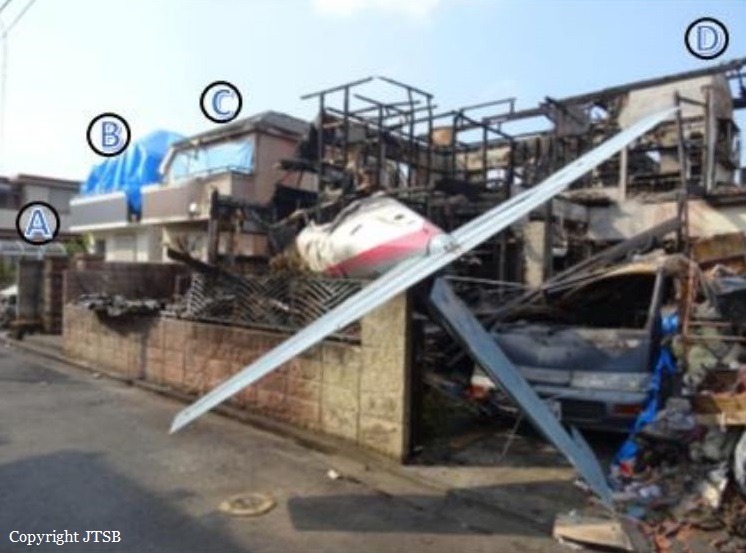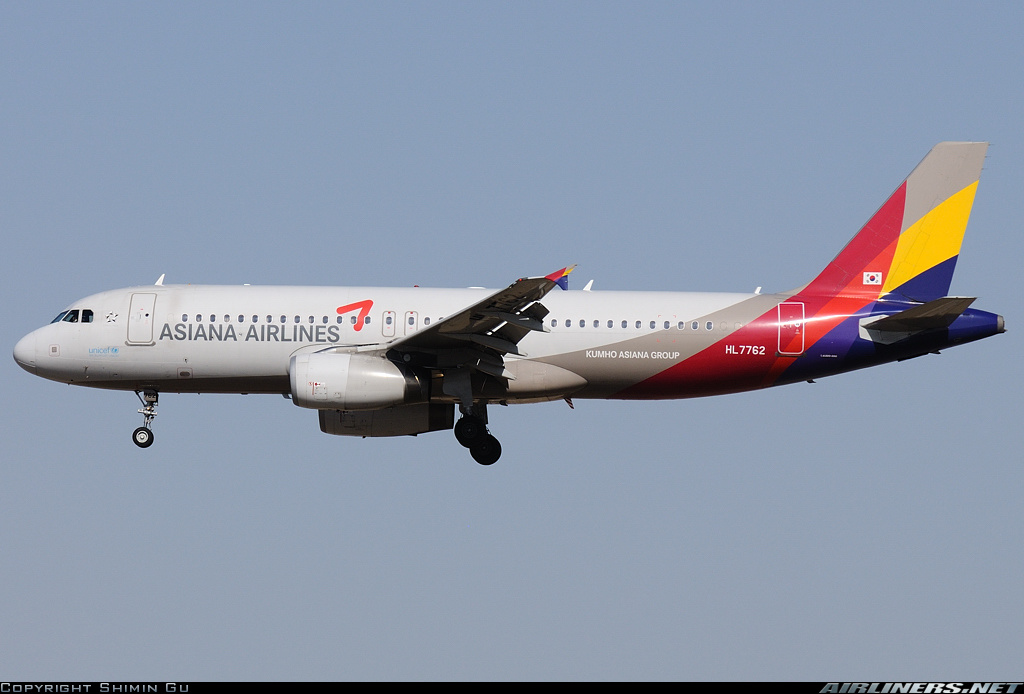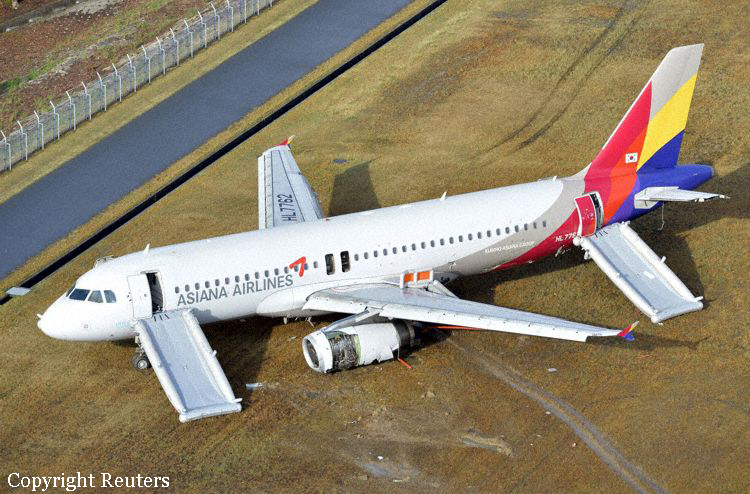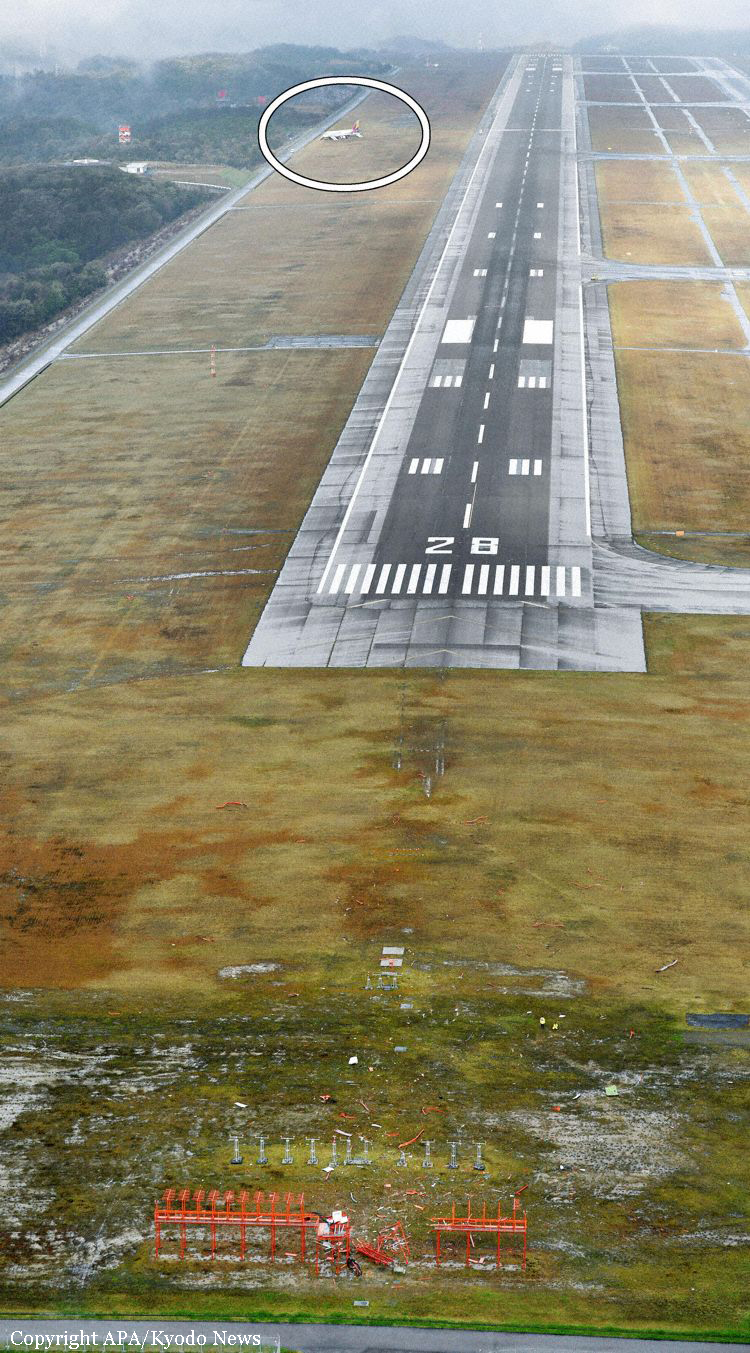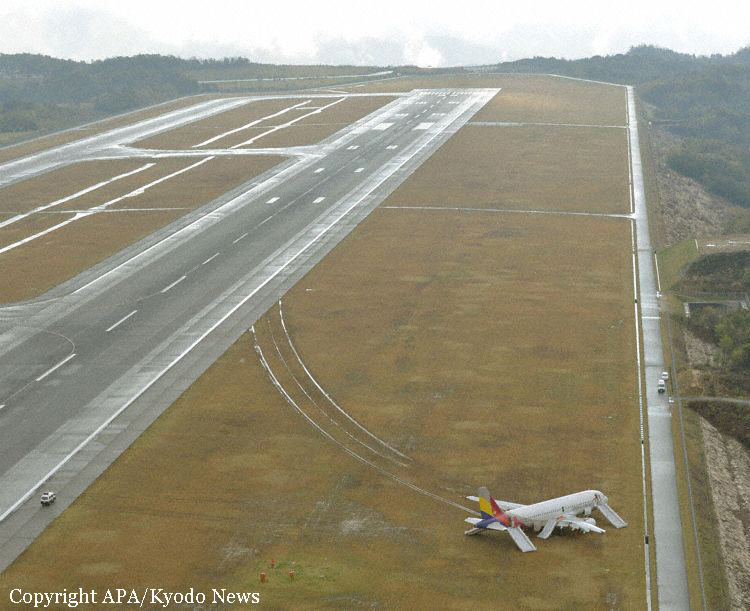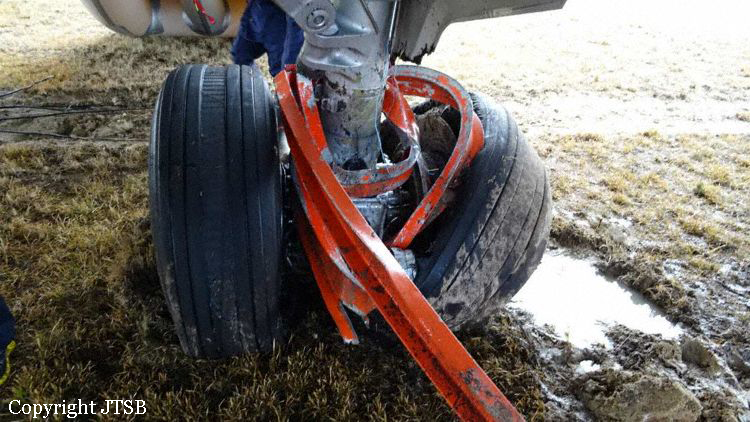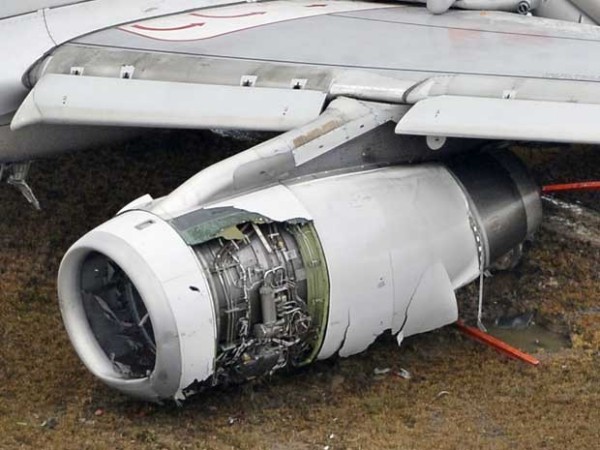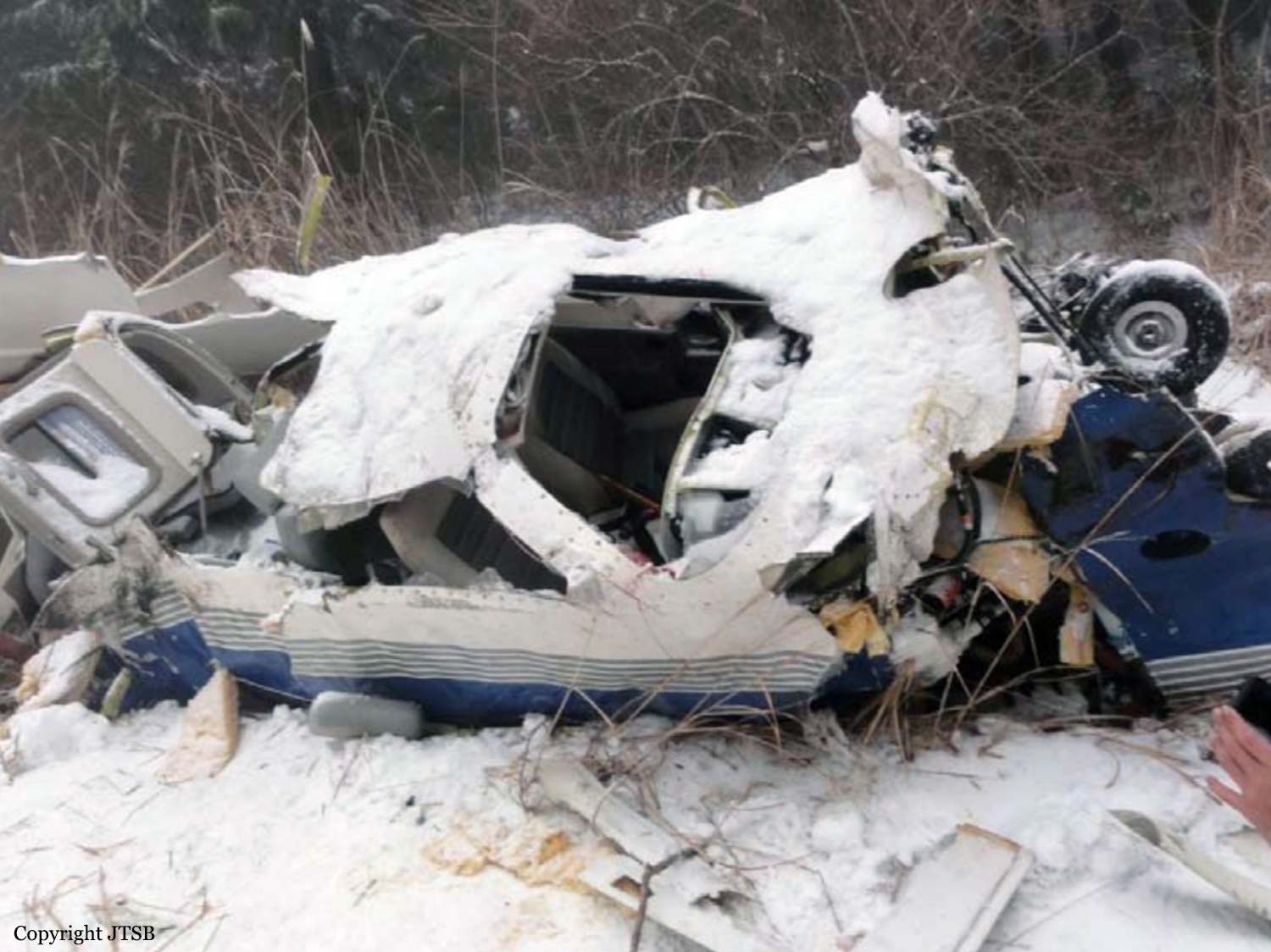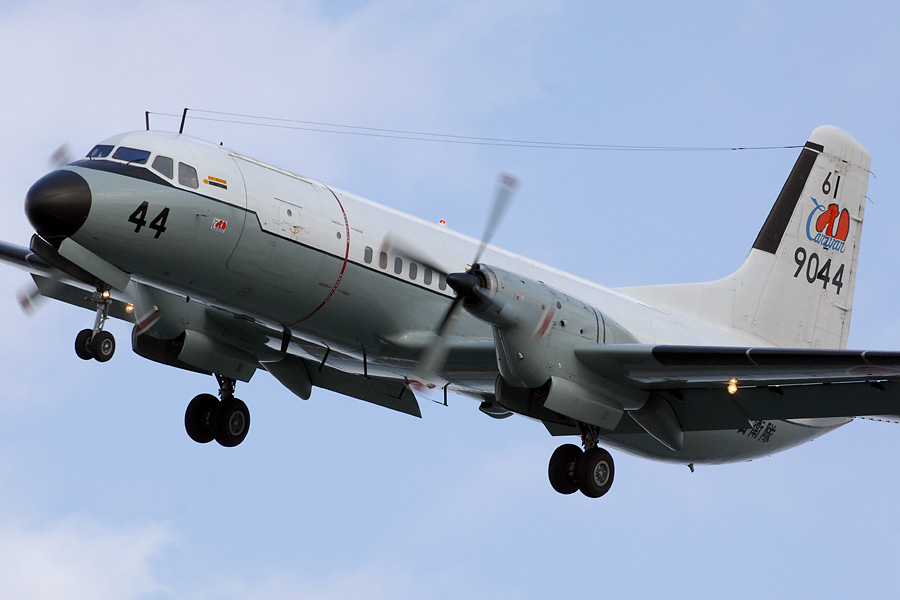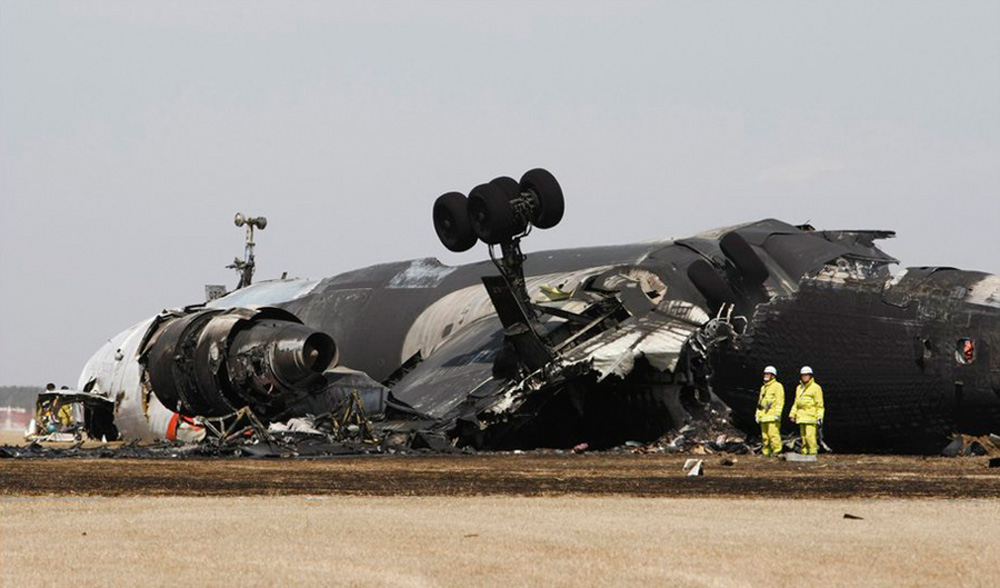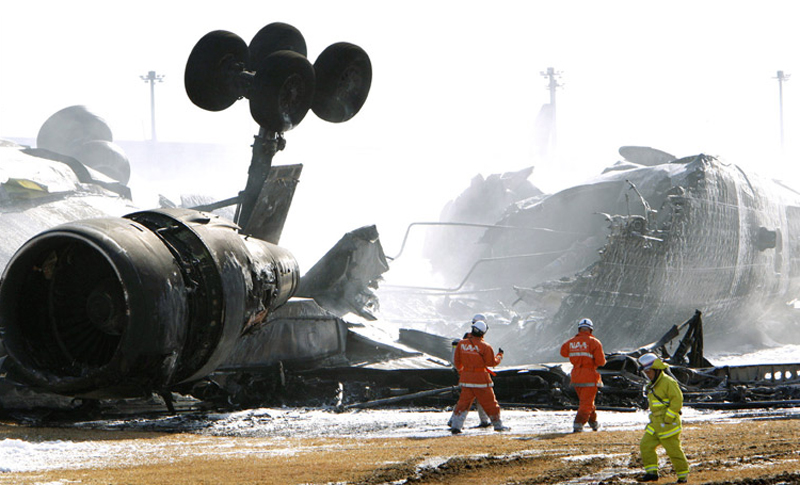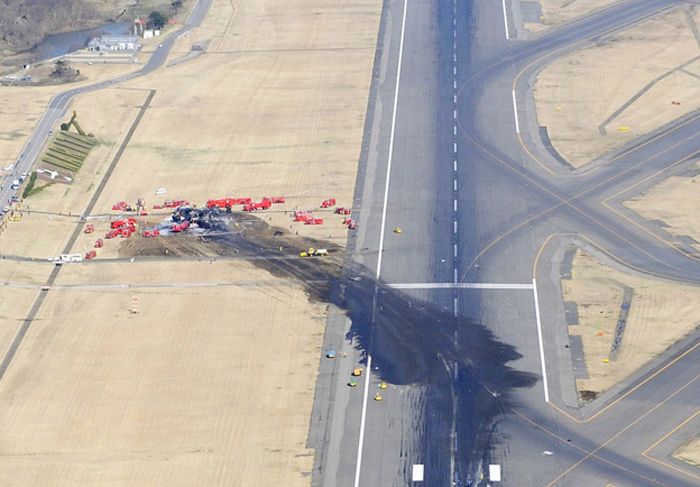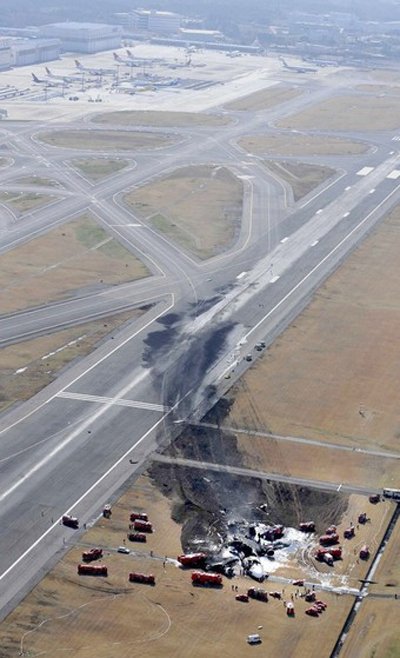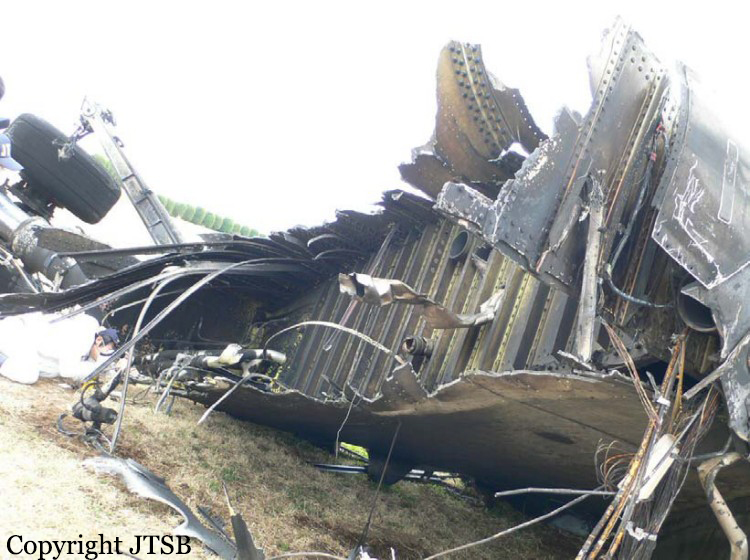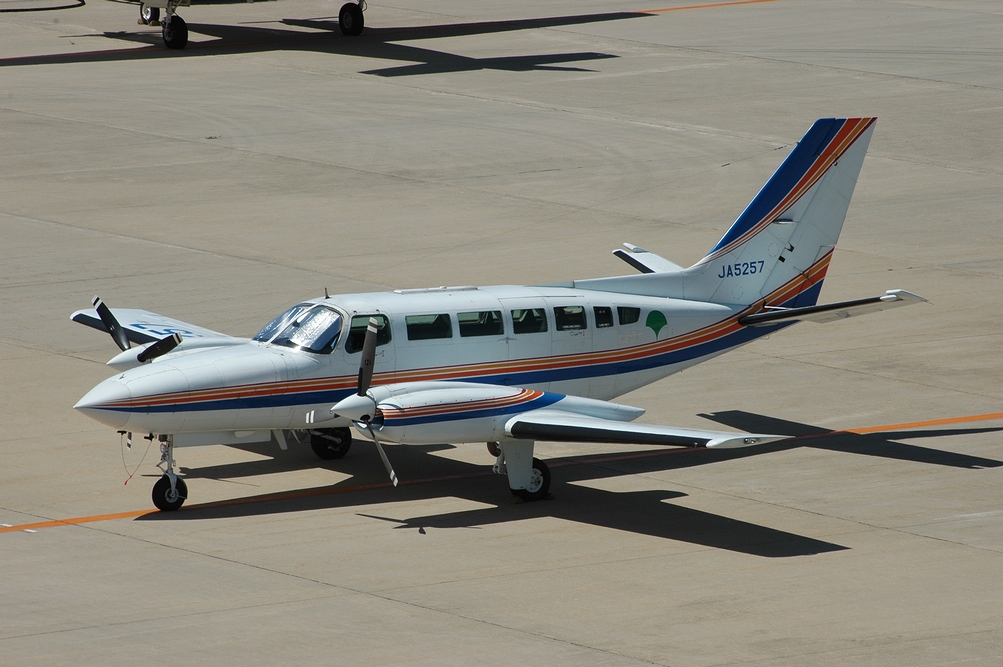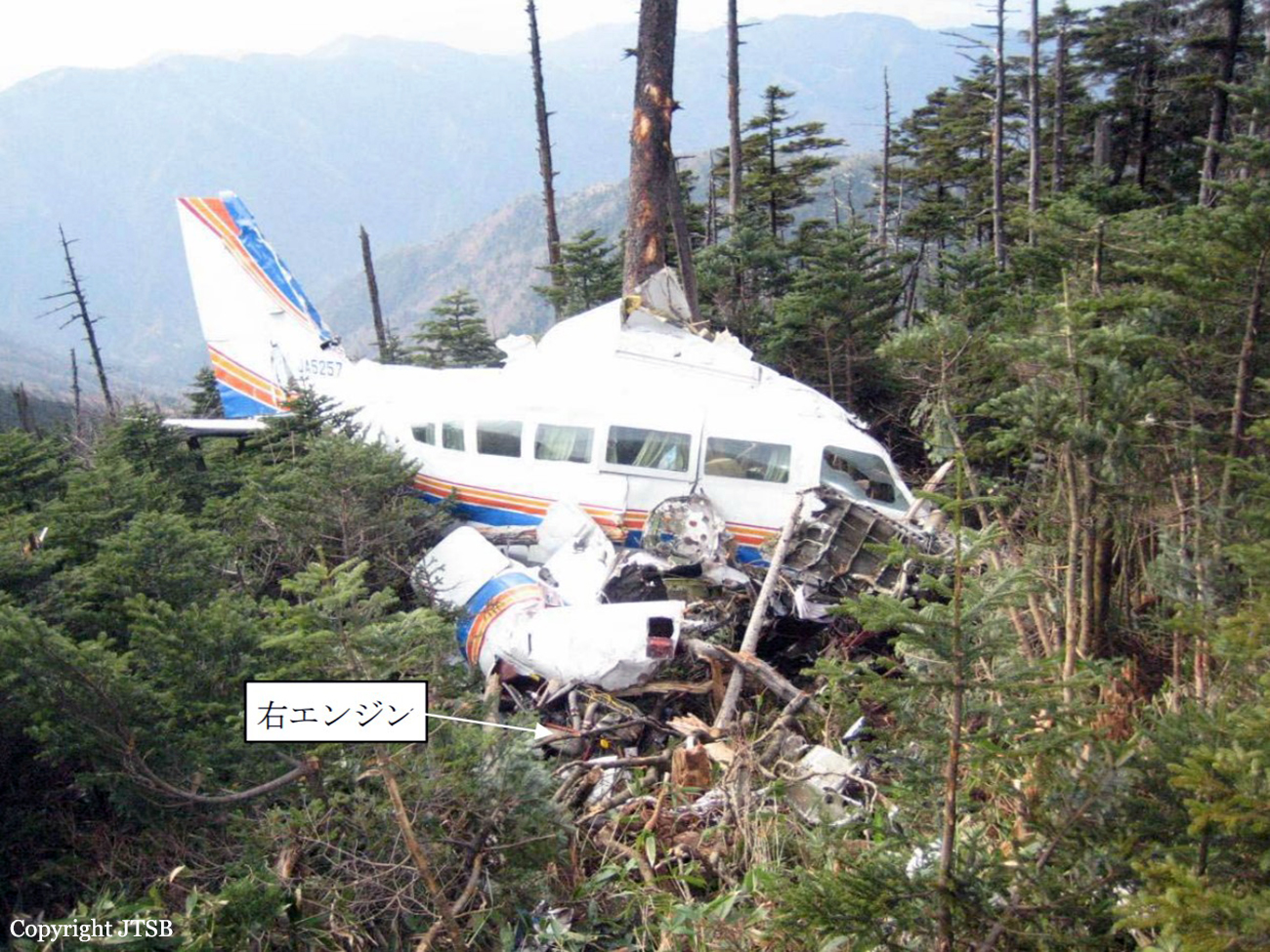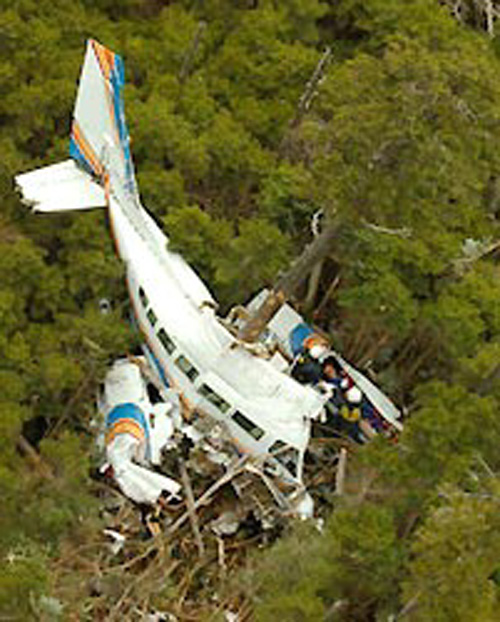Crash of a Socata TBM-700 in Yamazoe: 2 killed
Date & Time:
Aug 14, 2017 at 1215 LT
Registration:
N702AV
Survivors:
No
Schedule:
Yao – Fukushima
MSN:
182
YOM:
2001
Crew on board:
1
Crew fatalities:
Pax on board:
1
Pax fatalities:
Other fatalities:
Total fatalities:
2
Captain / Total hours on type:
7.00
Aircraft flight hours:
2094
Circumstances:
The single engine aircraft departed Yao Airport at 1157LT on a leisure flight to Fukushima, carrying one passenger and one pilot. Few minutes later, the pilot reported an unexpected situation to ATC and was cleared to return to Yao. At an altitude of 17,200 feet and a speed of 150 knots, the aircraft entered an uncontrolled descent, partially disintegrated in the air and eventually crashed in a hilly and wooded terrain near the village of Yamazoe, bursting into flames. Both occupants were killed.
Probable cause:
In the accident, it is highly probable that the Aircraft lost control during flight, nose-dived while turning, and disintegrated in mid-air, resulting in the crash. It is somewhat likely that the Aircraft lost control during flight, because the captain did not have pilot skills and knowledge necessary for the operation of the Aircraft, and was not able to perform proper flight operations.
Final Report:
